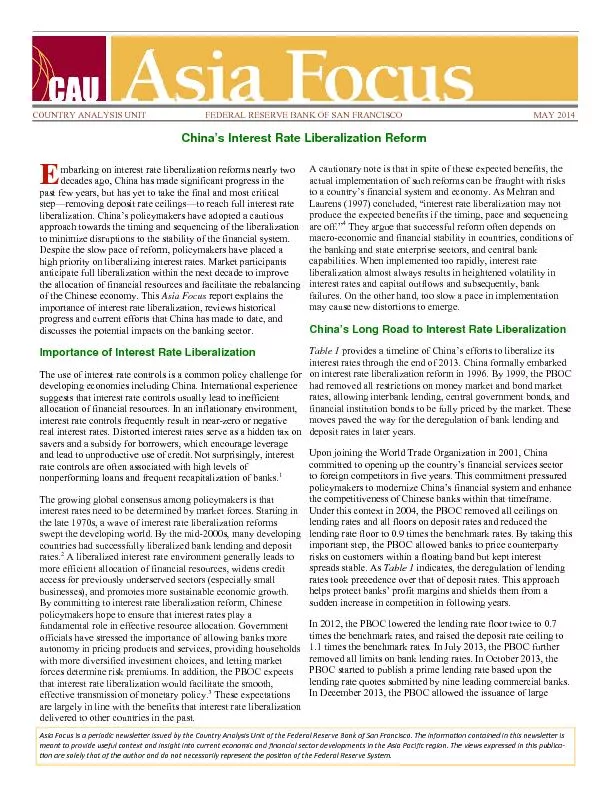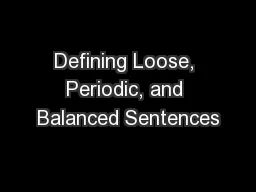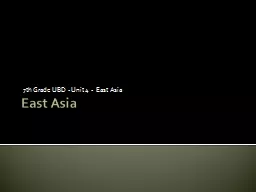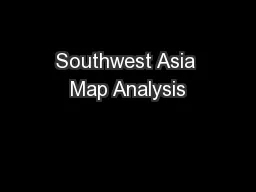PDF-Asia Focus is a periodic newsleer issued by the Country Analysis Unit
Author : danika-pritchard | Published Date : 2016-04-29
COUNTRY ANALYSIS UNIT FEDERAL RESERVE BANK OF SAN FRANCISCO MAY 2014 China
Presentation Embed Code
Download Presentation
Download Presentation The PPT/PDF document "Asia Focus is a periodic newsleer issued..." is the property of its rightful owner. Permission is granted to download and print the materials on this website for personal, non-commercial use only, and to display it on your personal computer provided you do not modify the materials and that you retain all copyright notices contained in the materials. By downloading content from our website, you accept the terms of this agreement.
Asia Focus is a periodic newsleer issued by the Country Analysis Unit: Transcript
Download Rules Of Document
"Asia Focus is a periodic newsleer issued by the Country Analysis Unit"The content belongs to its owner. You may download and print it for personal use, without modification, and keep all copyright notices. By downloading, you agree to these terms.
Related Documents














